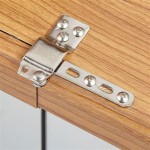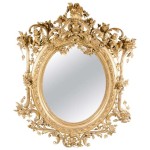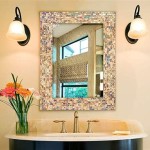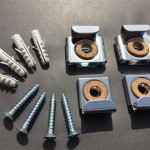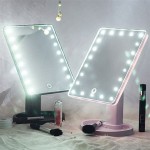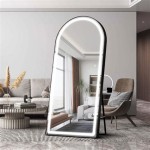How Do I Mirror My iPhone to Laptop Using USB Ports?
Mirroring an iPhone's display to a laptop screen offers several advantages, from presenting content on a larger display to recording device activity for tutorials or demonstrations. While wireless mirroring methods exist, a USB connection often provides a more stable and reliable connection with reduced latency. This article outlines several methods for achieving iPhone-to-laptop mirroring using a USB cable.
Method 1: Using QuickTime Player (macOS)
For users with macOS devices, QuickTime Player offers built-in functionality for screen recording, including the ability to capture an iPhone's display. This method requires a USB cable and a compatible iPhone and Mac. The steps involved are relatively straightforward:
1. Connect the iPhone to the Mac using a Lightning to USB cable.
2. Open QuickTime Player on the Mac.
3. Select "New Movie Recording" from the File menu.
4. A recording window will appear. Click the dropdown arrow next to the record button.
5. Select the connected iPhone as the camera and microphone source.
6. The iPhone's screen will be mirrored on the Mac display.
7. To start recording, click the record button. Click it again to stop.
This method provides a simple and effective way to mirror and record the iPhone screen without requiring additional software. It's important to note that while this mirrors the display, it doesn't facilitate direct interaction with the iPhone's content on the Mac screen.
Method 2: Using Third-Party Screen Mirroring Software (Windows and macOS)
While QuickTime Player provides a native solution for macOS, users on other operating systems, such as Windows, or those looking for extended functionalities will need third-party screen mirroring software. Several applications offer this capability, often with additional features like recording, screenshot capture, and improved performance.
Selecting the right software often depends on specific needs and budget. Some popular options include Reflector, LonelyScreen, and ApowerMirror. These applications generally operate similarly:
1. Download and install the chosen software on the laptop.
2. Connect the iPhone to the laptop with a USB cable.
3. Launch the mirroring software. It should automatically detect the connected iPhone.
4. Follow the on-screen prompts, which may involve granting permissions on the iPhone to allow screen mirroring.
5. The iPhone's display should then be mirrored on the laptop screen.
Third-party software often offers features beyond simple mirroring, such as the ability to control the iPhone from the laptop, record the mirrored screen, and adjust the display quality. Users should research different options to find the best fit for their requirements. It is also recommended to verify the software's compatibility with the specific iPhone and laptop models.
Method 3: Utilizing Developer Tools (Xcode - macOS)
For developers, Xcode offers another avenue for mirroring an iPhone screen to a Mac. This method is intended primarily for debugging and testing iOS applications and requires a developer account and familiarity with Xcode. The process involves:
1. Connect the iPhone to the Mac via USB.
2. Open Xcode and select "Window" from the menu bar.
3. Choose "Devices and Simulators."
4. Select the connected iPhone from the left-hand panel.
5. Click the "Open Developer Tools" button.
6. Select "Screen Mirroring" from the available tools.
This method offers a detailed view of the iPhone's screen and performance metrics within the Xcode environment. It's primarily designed for developers and might not be suitable for general screen mirroring purposes. However, it provides a powerful tool for troubleshooting and optimizing app performance.
Important Considerations and Troubleshooting
Regardless of the chosen method, certain factors can influence the success and quality of iPhone-to-laptop mirroring via USB. Ensure the iPhone is unlocked and that "Trust This Computer" has been selected when prompted. Outdated software, including iOS or macOS/Windows versions and the mirroring software itself, can also cause issues. Maintaining updated software is crucial for optimal performance and compatibility.
If the mirroring process fails, try restarting both the iPhone and the laptop. Check the USB cable for any damage and try a different cable if possible. For third-party software, consult the software's documentation or support resources for specific troubleshooting steps.
Choosing the appropriate method depends on the operating system, required functionality, and technical expertise. From simple mirroring with QuickTime Player to advanced developer tools in Xcode, a range of solutions exists to cater to different needs.

Best Ways To Mirror Iphone Pc Via Usb Without Wifi

How To Mirror Iphone Pc Via Usb 4 Proven Ways Solo Net

How To Mirror Iphone Windows Pc Laptop Mac Full Guide

Best Ways To Screen Mirror Iphone Pc Via Usb Cable

Newest How To Mirror Iphone Pc Via Usb

Top 3 Ways To Mirror Iphone Pc Via Usb

4 Ways How To Mirror Iphone Pc Via Usb Airdroid

4 Ways How To Mirror Iphone Pc Via Usb Airdroid

How To Mirror Iphone Windows Pc Laptop Mac Full Guide

How To Mirror Your Iphone Screen On A Computer Pcmag

